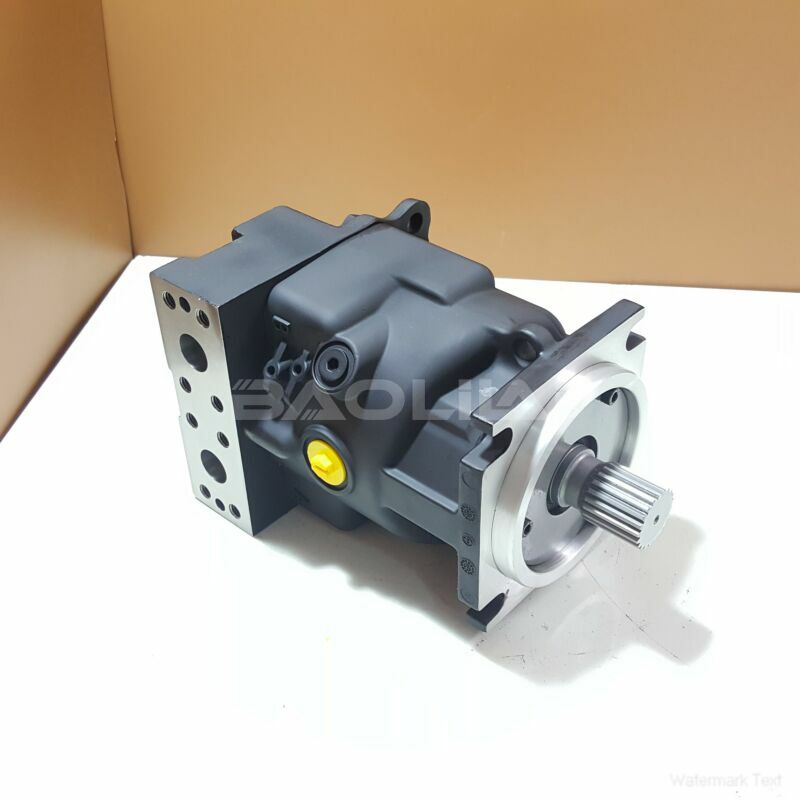90M100NC0N8N0F1W00EBA0000F3 danfoss motor
90M100NC0N8N0F1W00EBA0000F3 danfoss motor

- Product Details
- Applicable Scene
The evolution of piston motors is a fascinating journey that reflects the advances in engineering, technology, and human ingenuity. From the rudimentary steam engines of the 18th century to today’s highly efficient internal combustion engines, the development of piston motors has significantly shaped transportation, industry, and modern life.
90-M-100-NC-0-N-8-N-0-F1-W-00-EBA-00-00-F3
90M100NC0N8N0F1W00EBA0000F3
The story begins in the late 1600s when physicist Giovanni Branca invented a steam-powered device, often regarded as one of the earliest examples of a steam engine. However, it wasn’t until the 18th century that steam technology began to gain traction. In 1712, Thomas Newcomen developed the first successful atmospheric steam engine, which was primarily used for pumping water out of mines. This innovation laid the groundwork for subsequent improvements.

9631131
In 1765, James Watt enhanced the steam engine’s efficiency by introducing the separate condenser, which drastically increased its practicality and efficiency. Watt’s adaptations were crucial for the Industrial Revolution, powering factories, locomotives, and ships, thereby transforming society’s structure and economy.
As the 19th century progressed, inventors started to explore other sources of power. In 1860, Belgian engineer Jean J. Lenoir created the first successful internal combustion engine, powered by coal gas. This marked a pivotal moment in the history of engines. Although Lenoir’s engine was relatively inefficient, it demonstrated the potential of internal combustion technology.
Following Lenoir, several innovators contributed to the engine’s development. In 1876, Nikolaus Otto introduced the four-stroke engine, which became the foundation of modern internal combustion engines. Otto’s design provided greater efficiency and power, leading to widespread adoption in automobiles. This innovation set the stage for the rise of motor vehicles.





